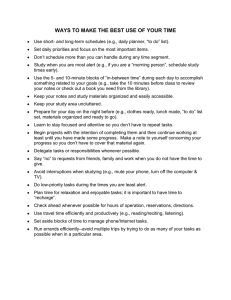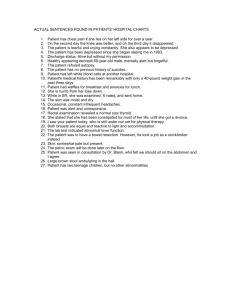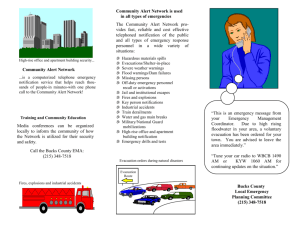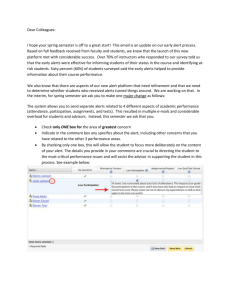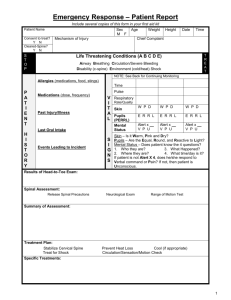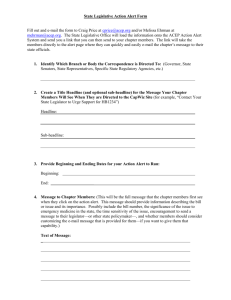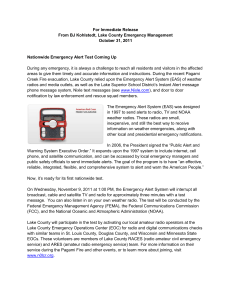3.2 Network Member Planning Checklist
advertisement
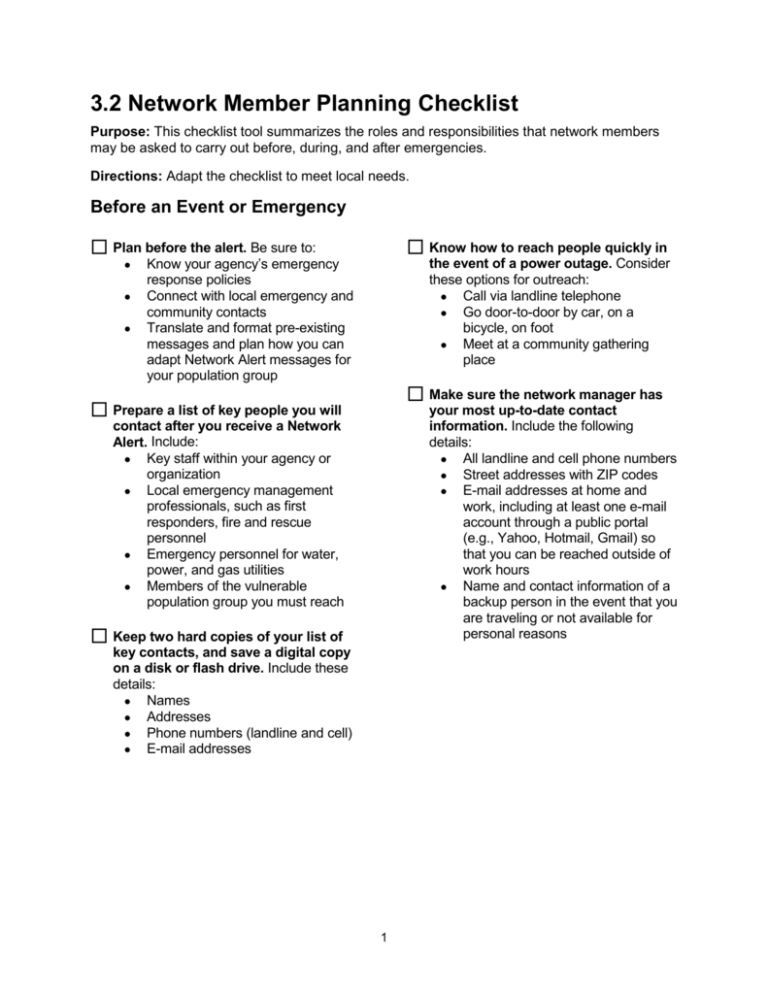
3.2 Network Member Planning Checklist Purpose: This checklist tool summarizes the roles and responsibilities that network members may be asked to carry out before, during, and after emergencies. Directions: Adapt the checklist to meet local needs. Before an Event or Emergency Plan before the alert. Be sure to: Know how to reach people quickly in Know your agency’s emergency response policies Connect with local emergency and community contacts Translate and format pre-existing messages and plan how you can adapt Network Alert messages for your population group the event of a power outage. Consider these options for outreach: Call via landline telephone Go door-to-door by car, on a bicycle, on foot Meet at a community gathering place Make sure the network manager has Prepare a list of key people you will contact after you receive a Network Alert. Include: Key staff within your agency or organization Local emergency management professionals, such as first responders, fire and rescue personnel Emergency personnel for water, power, and gas utilities Members of the vulnerable population group you must reach your most up-to-date contact information. Include the following details: All landline and cell phone numbers Street addresses with ZIP codes E-mail addresses at home and work, including at least one e-mail account through a public portal (e.g., Yahoo, Hotmail, Gmail) so that you can be reached outside of work hours Name and contact information of a backup person in the event that you are traveling or not available for personal reasons Keep two hard copies of your list of key contacts, and save a digital copy on a disk or flash drive. Include these details: Names Addresses Phone numbers (landline and cell) E-mail addresses 1 During an Event or Emergency Step 1: Assess the Network Alert Step 4: Activate your network. message. Look at the message from the perspective of the population you must reach. Identify the population group(s) that are most vulnerable. Step 2: Determine how the message affects your group. Assess the message’s immediacy and urgency. Determine if the needs of your population group affect the urgency or immediacy of the situation. If the risk does not pose an immediate threat to the people in your group, take more time to reach them. Begin delivering the message through phone calls, e-mails, text messages, or other pre-determined methods. Keep your agency’s or organization’s staff informed about the alert. Contact others who can provide extra help to your population, such as fire and rescue personnel. Step 5: Use your expertise. Step 3: Determine how you will deliver the information. Follow your agency’s or organization’s emergency plan. Adapt and frame the message to make it meaningful to your population. Determine how the situation (such as a power outage) affects the best way to deliver the message to your group. 2 The network relies on you as an expert to reach and inform your community. Plan for the possibility of new or spreading risks. Alert your emergency management agency if you have information to share or if you need additional help. After an Event or Emergency Ask yourself what went well in the Keep communication channels open. Look for new messages about recovery activities, such as immunization clinics and food and water distribution. Adapt the new messages and deliver them. Determine if the needs of your population group warrant additional contact with local agencies or organizations. Stay in touch with your community partners. Contact your emergency management agency if you have new information to share about the recovery in your geographic area. communication process and what could have been handled differently. Was adapting the message easier or more difficult than you expected? How long did it take to deliver the message to members of your population group? Were there people you could not reach? Why? What will you do to prepare for a future event Take time to evaluate. Update information about people on your contact list: Members of your population group Local emergency management professionals Emergency personnel for local utilities Community partners Ask members of your population group if they received the Network Alert message and how they responded to it. For example, if the message was about an evacuation, were they able to evacuate to a safe place? 3


